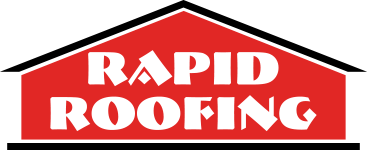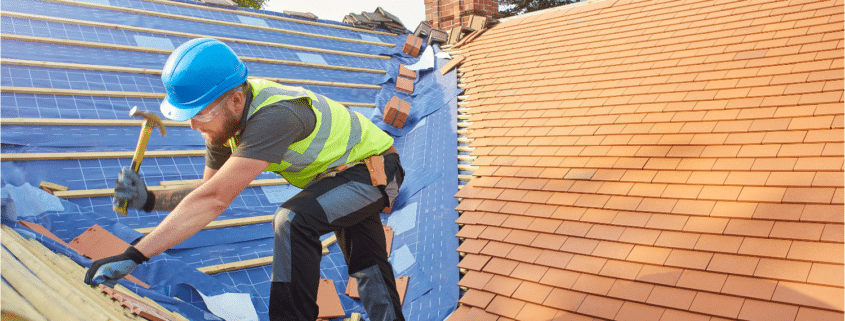Essential Costs and Considerations for Your New Roof on House Project (2024 Guide)
Wondering about the cost and choices for a new roof on house? Get ready for key insights on prices, material options, and the long-term advantages of your investment, without the sales fluff. Dive in for clear, concise guidance tailored to homeowners looking for real value.
Key Takeaways
-
The cost of new roof installation varies significantly based on factors such as materials used, geographical location, home and roof size, complexity, and labor intensity, with labor costs possibly constituting up to 60% of the total expense.
-
Rapid Roofing offers innovative solutions in roofing, including one-day replacement services and specialized repairs for storm damage, while virtual consultations and the combination of roofing and siding services provide added convenience and efficiency.
-
A full roof replacement can enhance a home’s value, lead to energy savings, and secure better ROI with the right warranties and installation quality, despite the initial high costs. Roof repairs may be a temporary solution, but full replacement is often necessary for long-term durability and efficiency.
Essential Factors Influencing Your New Roof on House Cost
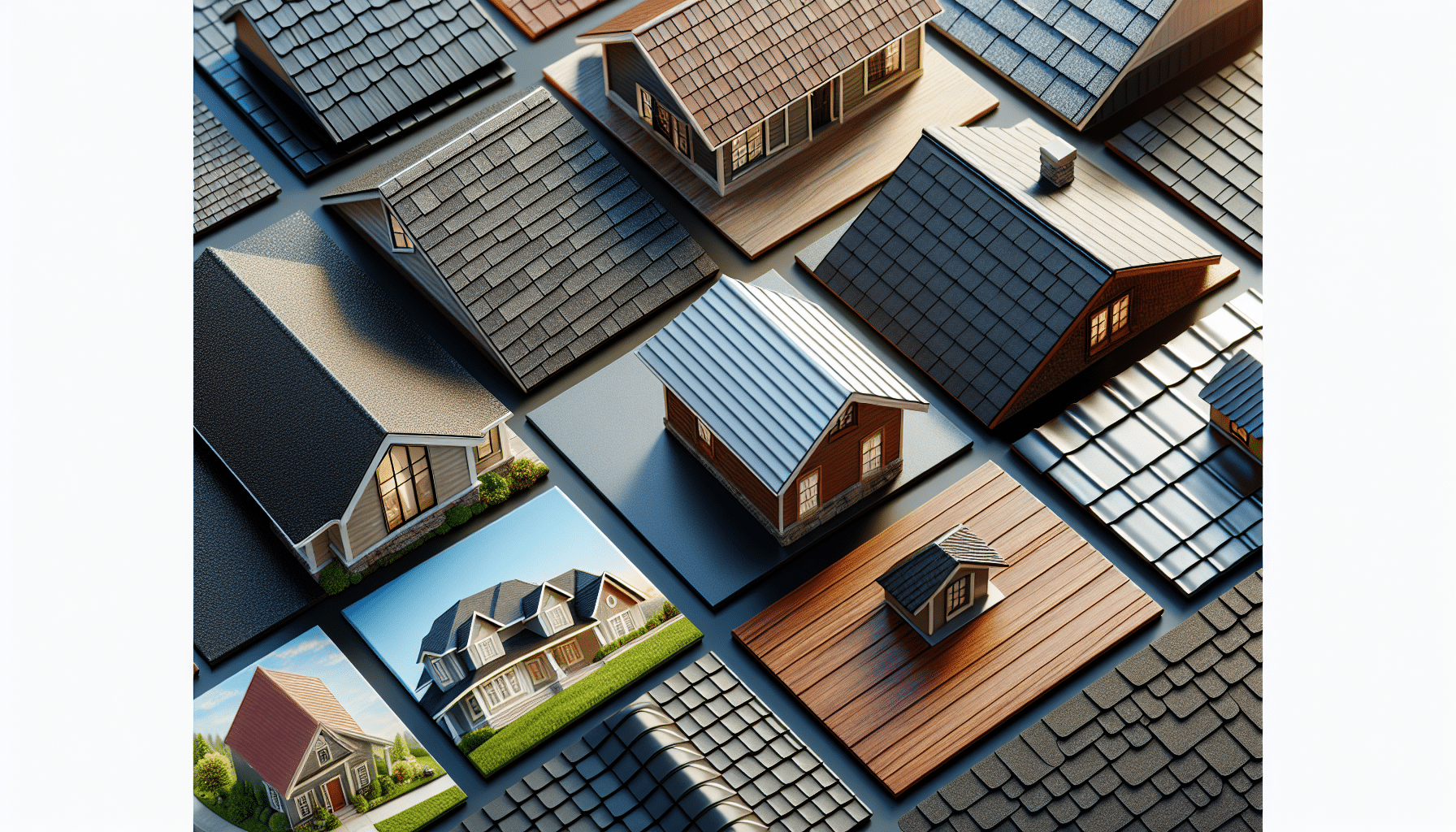
The cost of a new roof isn’t static; it fluctuates based on a variety of factors. These encompass:
-
Your geographical location
-
The chosen materials
-
Labor intensity
-
Home size
-
Roof complexity
All these elements collectively shape the final cost of your entire roof replacement.
We’ll examine how each of these factors contributes to the total roofing expense.
Material Matters: Choosing the Right Roofing for Your Home
The selection of appropriate roofing material is paramount because it considerably affects the cumulative cost of replacing your roof. With options ranging from economical asphalt shingles to high-end slate roofs, the price per square foot can vary greatly, impacting the overall roofing costs. For instance, basic 3-tab asphalt shingles cost about $4.00 per square foot, while luxury versions can go up to $8.50 per square foot.
On the other hand, the upscale slate roofs can range from $29.00 to $57.00 per square foot. Therefore, it’s essential to take into account both your financial constraints and design preferences while selecting the roofing material.
Measuring Up: How Roof Size and Complexity Affect Pricing
The size of your roof plays a direct role in the cost of your roof replacement. The larger the roof, the higher the cost, with prices ranging from $4,350 to $11,000 for 1,000 square feet, and $13,050 to $33,000 for 3,000 square feet. Additionally, the overall complexity of your roof, including its shape, steepness, height, and features such as chimneys and skylights, also influence the cost.
For example, a steep roof pitch can add to the labor cost due to the increased difficulty of installation.
Labor Intensity: Understanding the Costs of Professional Installation
In the context of roof replacement, labor constitutes a substantial portion of the cost. In fact, labor costs can account for up to 60% of the total cost of a roof replacement. Skilled professionals typically charge about $11 per square foot or roughly $60 per hour for new roof installations.
This underlines the importance of skilled labor in roof replacement projects, including those involving a roof deck, since the installation quality directly affects energy efficiency and the roof’s lifespan.
Innovative Roof Replacement Techniques by Rapid Roofing
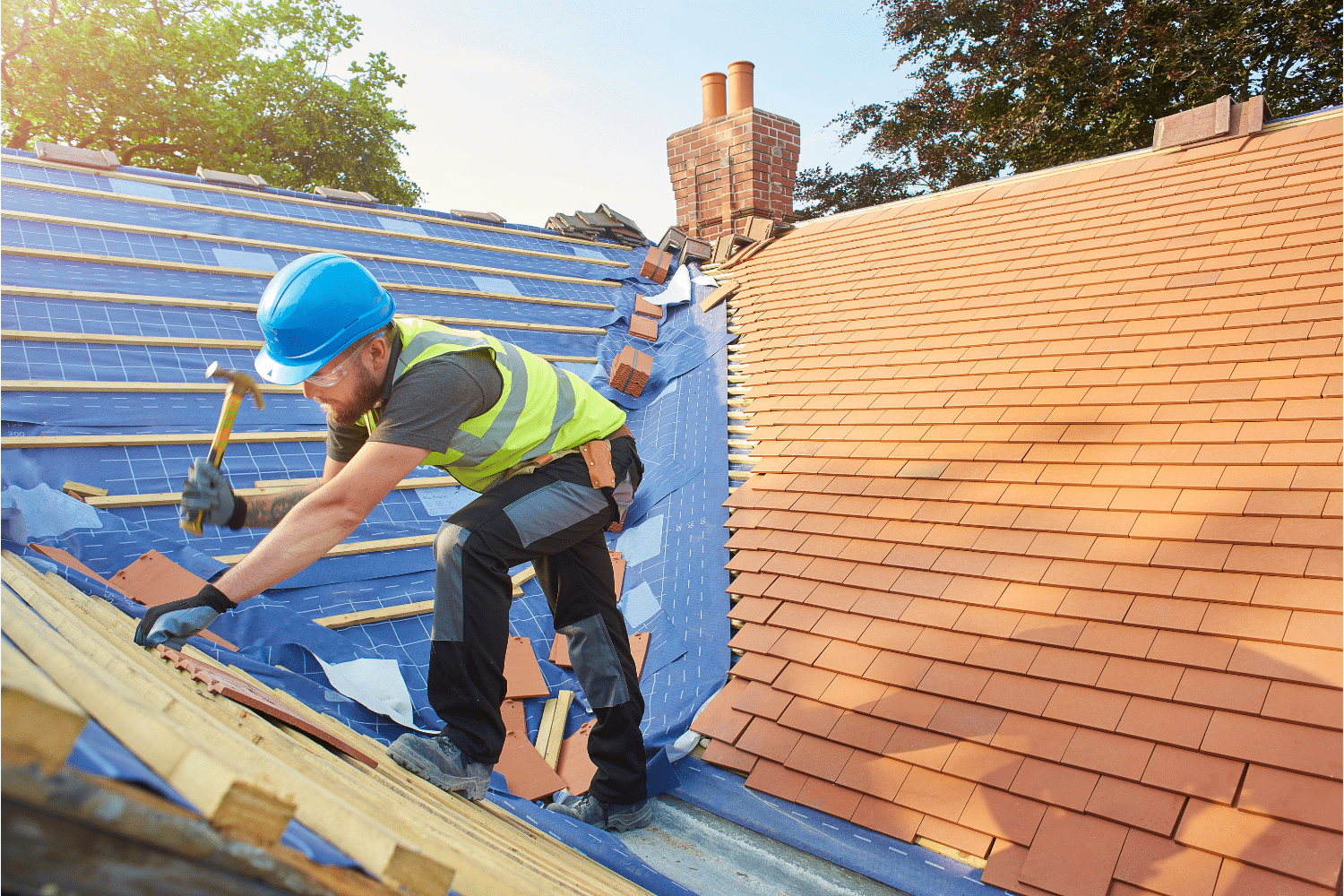
Selecting a professional roofing contractor is as important as choosing the right roofing material. Rapid Roofing, servicing Michigan and northwest Ohio, is recognized for its professional, efficient project management, and comprehensive solutions for both residential and commercial roofing needs.
On top of their standard services, they offer an innovative one-day roof replacement service for moderately-sized jobs, ensuring a timely solution that minimizes homeowners’ inconvenience.
Storm Damage Specialization: Rapid Repair Solutions
Extreme weather conditions such as snow, hail, and hurricanes can significantly impact the lifespan of roofing materials, necessitating prompt and specialized repairs. Rapid Roofing employs virtual roof inspections through drones for a comprehensive review of weather-related damages. This technology allows homeowners to understand their roof’s condition without the need for physical ladder access.
From hail-damaged shingles to leakage issues around chimneys, Rapid Roofing’s skilled technicians provide precise solutions to these issues, ensuring your roof’s longevity and durability, whether it’s traditional shingles or metal roofs.
Siding Installation Synergy: Combining Projects for Efficiency
In addition to their roofing services, Rapid Roofing also offers professional siding installation. By combining siding installation with roofing projects, they can enhance the aesthetic appeal of homes while improving their protection against environmental elements. This synergy between projects not only ensures a harmonious exterior look but also provides a comprehensive solution for home exterior renovations.
The Long-Term Value of a Full Roof Replacement
While the initial cost of a full roof replacement might be high, it’s essential to consider its long-term value. A new roof can provide the following benefits:
-
Significantly increase the value of a home, especially if the old roof is near the end of its life expectancy
-
Substantial energy cost savings
-
Better return on investment, particularly when marketed effectively during a home sale.
Warranty Wisdom: Navigating Roof Warranties with Confidence
Understanding the types of warranties and their coverage is essential for homeowners. A roof warranty is crucial for protecting homeowners against defective materials and improper installation. Rapid Roofing, being a GAF MasterElite contractor, provides superior warranty privileges such as the Golden Pledge and Silver Pledge, offering extensive coverage for materials and workmanship.
It’s important to note that DIY efforts can void these warranties, hence the importance of professional installation.
Energy Efficiency: How Your New Roof Can Save on Utilities
An energy-efficient roof can significantly reduce monthly energy bills, adding to the overall long-term value of a full roof replacement. New roofing materials with higher solar reflectance and infrared emittance can improve a home’s insulation and ventilation, reducing heating and cooling costs.
For instance, a new roof with high solar reflectance can lower the surface temperature by up to 30%, leading to reduced heat transfer into the home and lower air conditioning costs.
Preparing for Your Roof Installation: Steps to Take Before the Big Day

Proper preparation before a roof replacement can ensure a smooth and successful project. From protecting your windows with boards to removing wall hangings and fragile items, there are several steps homeowners can take to prepare their homes for a roof installation.
We’ll investigate these steps comprehensively.
Clearing the Way: What to Do Around Your Home
Preparing your home’s exterior for a roof installation involves a few key steps. For instance, trimming overhanging branches can provide clear access to the roof and prevent obstructions for roofing contractors. Similarly, relocating outdoor items like patio furniture can prevent damage during the roofing process.
Homeowners, by adhering to these steps, can facilitate a more seamless and efficient roof installation process.
Virtual Consultations: Embracing Technology for Safety and Convenience
In response to the COVID-19 pandemic, Rapid Roofing has introduced virtual inspections and consultations. This not only ensures the safety of its customers but also adds convenience to their decision-making process. These virtual consultations are designed to be advisory in nature, focusing on informing the homeowner rather than acting as a sales pitch.
Thus, homeowners can make informed decisions about their roof replacement project from the comfort and safety of their homes.
Roof Repairs vs. Replacement: Making the Right Choice
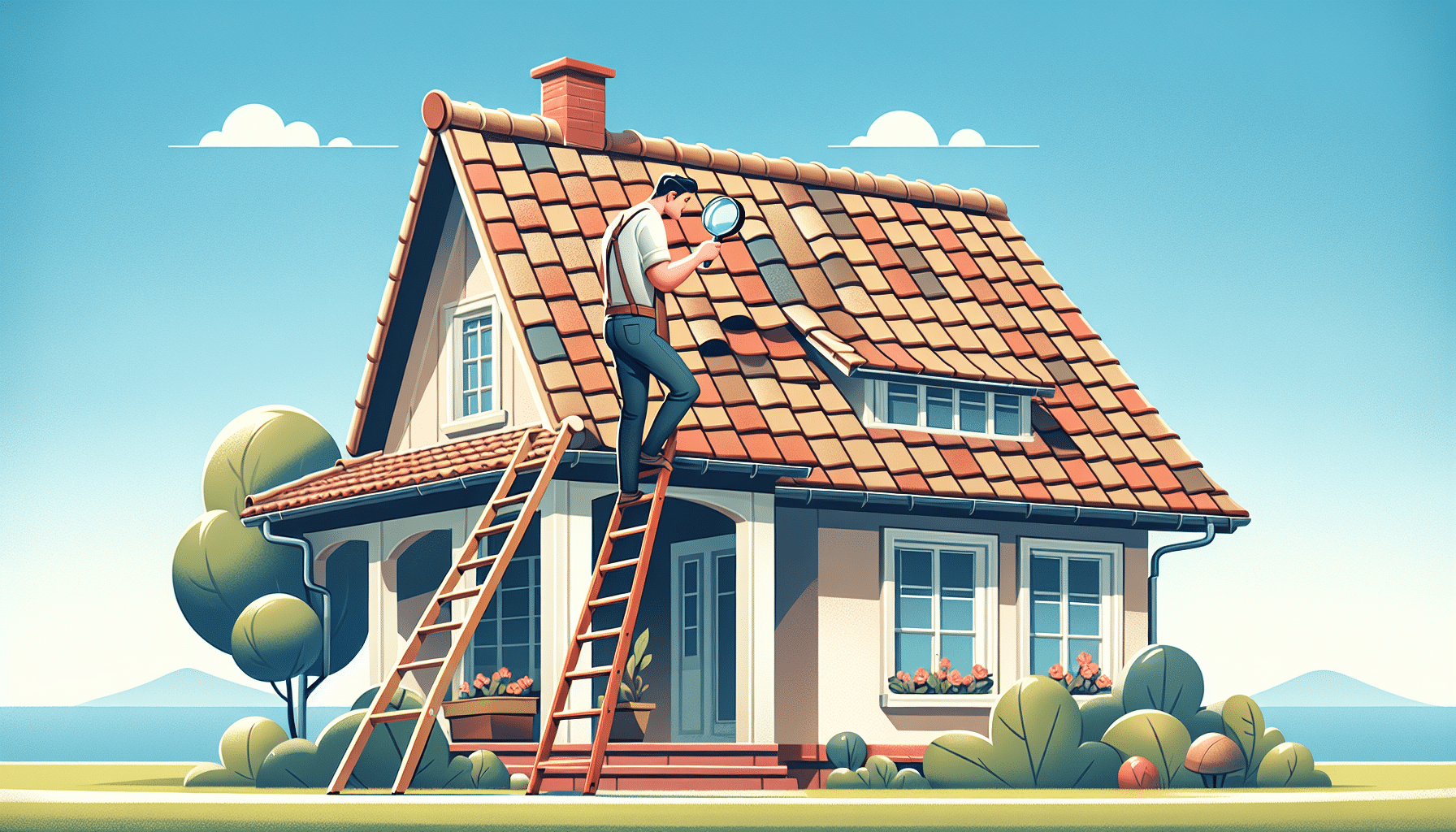
Deciding between roof repairs or a full replacement is a crucial decision for homeowners. This choice depends on factors such as the extent of damage, roof age, and material availability. While repairing a roof can range from $379 to $1,763, the overall cost for repairs can sometimes exceed the roof replacement cost per square foot.
We’ll delve deeper into determining the right time for repairs or when a full replacement becomes necessary.
Identifying Signs of Roof Damage: When to Call the Experts
Being aware of the signs of roof damage is crucial for homeowners. From curled shingle edges and cracked shingles to water stains spreading across ceilings or running down walls, numerous indicators suggest that your roof may need repair or replacement.
Homeowners should monitor their roof’s condition and promptly call professionals like Rapid Roofing upon noticing these damage signs to prevent further issues.
Evaluating Roof Life Expectancy: Knowing When It’s Time
The lifespan of a roof varies based on its material, ranging from 20 years for asphalt shingles to 50 years for more durable materials like slate, copper, and tile. Structural issues, rot, mold, and signs of an extended pest infestation are typical triggers for a roof to require replacement.
Additionally, if repair materials for an existing roof are no longer available, insurance companies may necessitate a full roof replacement to ensure matching materials are used, making roof replacements a viable option.
Financing Your Roof Replacement: Options to Consider
A variety of financing options are available for a new roof, including leveraging insurance claims, obtaining personal loans, and considering various home equity solutions. Each of these options has its own pros and cons, and the best choice for you will depend on your personal financial situation, credit history, and the amount of equity you have in your home.
We’ll investigate these options more thoroughly.
Insurance Insights: Maximizing Your Policy for Roof Work
Homeowners insurance policies generally cover damage to the roof from specific events such as extreme weather, including wind, hail, and snow. However, roof damage from normal wear and tear, lack of maintenance, and certain natural disasters like earthquakes and floods are usually not covered by standard homeowners insurance.
Understanding your insurance policy, the extent of its coverage, and the claims procedure can help you maximize your policy for roof work.
Loan Logic: Personal and Home Equity Financing Explained
Personal loans and home equity loans are two common options for financing a roof replacement. Personal loans are unsecured loans that can finance roof repairs without risking home loss, with better rates available for borrowers with high credit scores. On the other hand, home equity loans offer fixed rates for long-term financing, but pose the risk of home loss in case of default.
Understanding the differences between these loans, their requirements, and their potential tax benefits can help homeowners choose the best financing option for their situation.
The Pros and Cons of DIY Roof Replacement
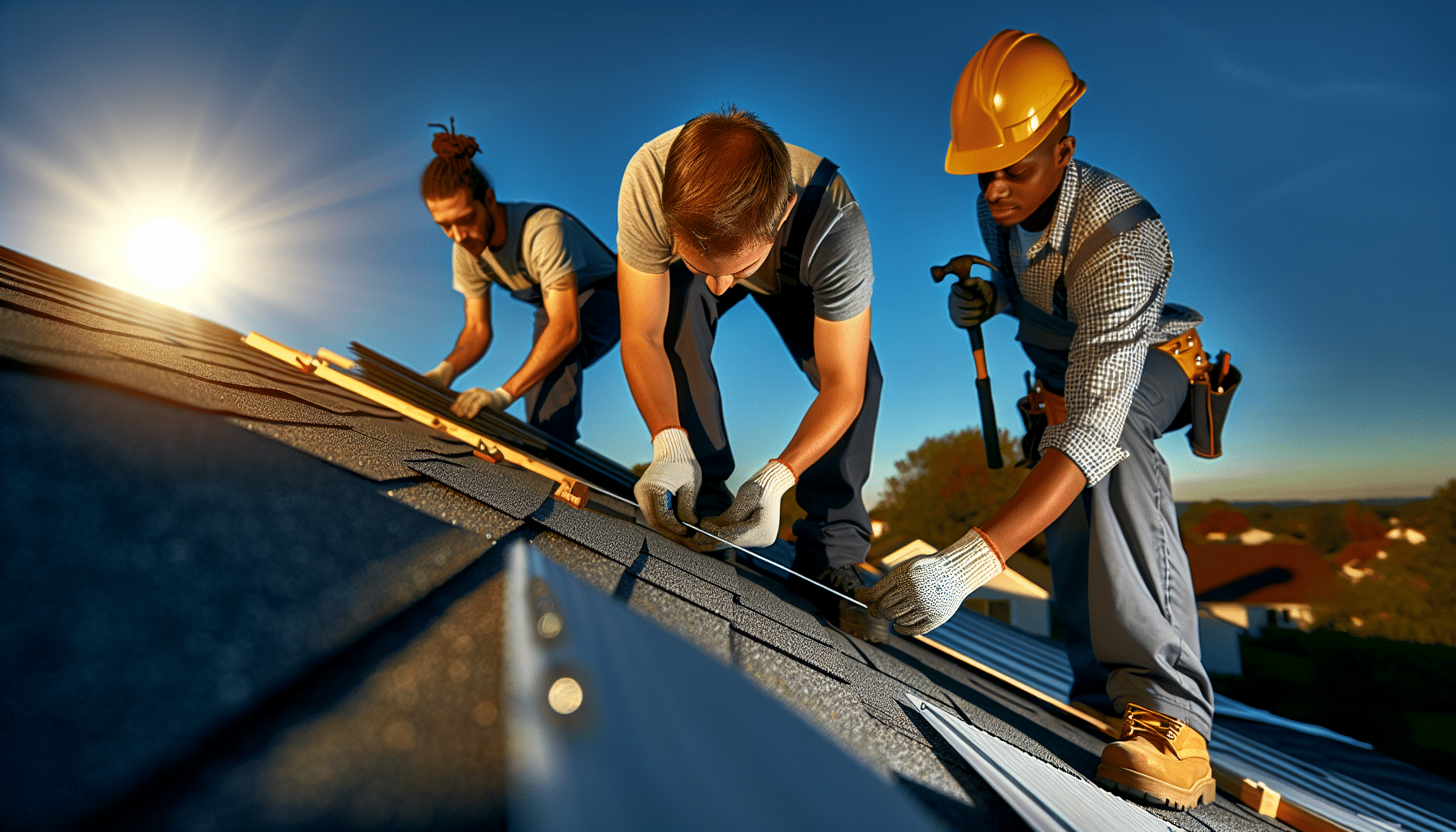
While DIY roof replacement might seem like an attractive option due to potential savings on labor costs, it is not without its risks. In fact, DIY roof replacement carries significant risks due to the dangerous nature of roofing work and homeowners’ generally lacking the proper training and safety equipment.
We’ll scrutinize the advantages and disadvantages to assist you in making an informed decision.
Safety First: The Hazards of DIY Roofing
Roofing is ranked as one of the most dangerous jobs in the United States, and DIY roof replacement can significantly increase the risk of injury. Steep roof pitches increase the dangers and complications of roofing work, making DIY efforts even more hazardous.
Therefore, prioritizing safety is essential when weighing the options of DIY versus professional roof replacement.
Warranty and Quality: Why Professional Installation Matters
In the realm of roof replacement, the significance of professional installation cannot be overstated. Workmanship warranties from contractors cover installation and possible damage due to workmanship errors. However, DIY efforts can void these warranties due to the lack of professional installation.
Besides, DIY roofing projects can lead to delays and expose the roof to further issues, potentially resulting in additional repair costs. Therefore, hiring professional roofing contractors is advised to avoid these risks and ensure quality installation.
Summary
In conclusion, planning for a new roof is a complex process that involves a multitude of considerations, from choosing the right roofing material and understanding labor costs to preparing adequately for the installation day. While DIY approaches may seem appealing, professional installation ensures better quality, safety, and warranty coverage. Moreover, understanding your financing options and maximizing your insurance policy can significantly ease the financial burden of roof replacement. So, plan wisely, consider all factors, and make the right choice for your home!
Frequently Asked Questions
How much does it cost to replace 1000 sq ft of roof?
It can cost approximately $7,000 to replace 1000 sq ft of roof.
How many years should a house roof last?
A house roof should last an average of 25–50 years, depending on the type of roofing material used, with factors like quality and durability playing a key role. Investing in higher quality materials can extend the roof’s lifespan significantly.
How do I prepare my house for a new roof?
To prepare your house for a new roof, remove or cover valuable items in the attic, secure your windows, remove wall decorations, and clear your driveway of vehicles and satellites or antennas. It’s important to think about your family’s comfort during the roof replacement.
How much does it cost to replace a roof in Illinois?
The cost to replace a roof in Illinois is approximately $3.68 per square foot for a one-story house with basic roof features, including architectural shingles and underlayment. Keep in mind that this cost may vary based on specific requirements.
How much should I spend on a new roof?
You can expect to spend between $5,000 to $25,000 or more for a new roof, depending on the size, complexity, and materials used. The national average is around $11,000.
